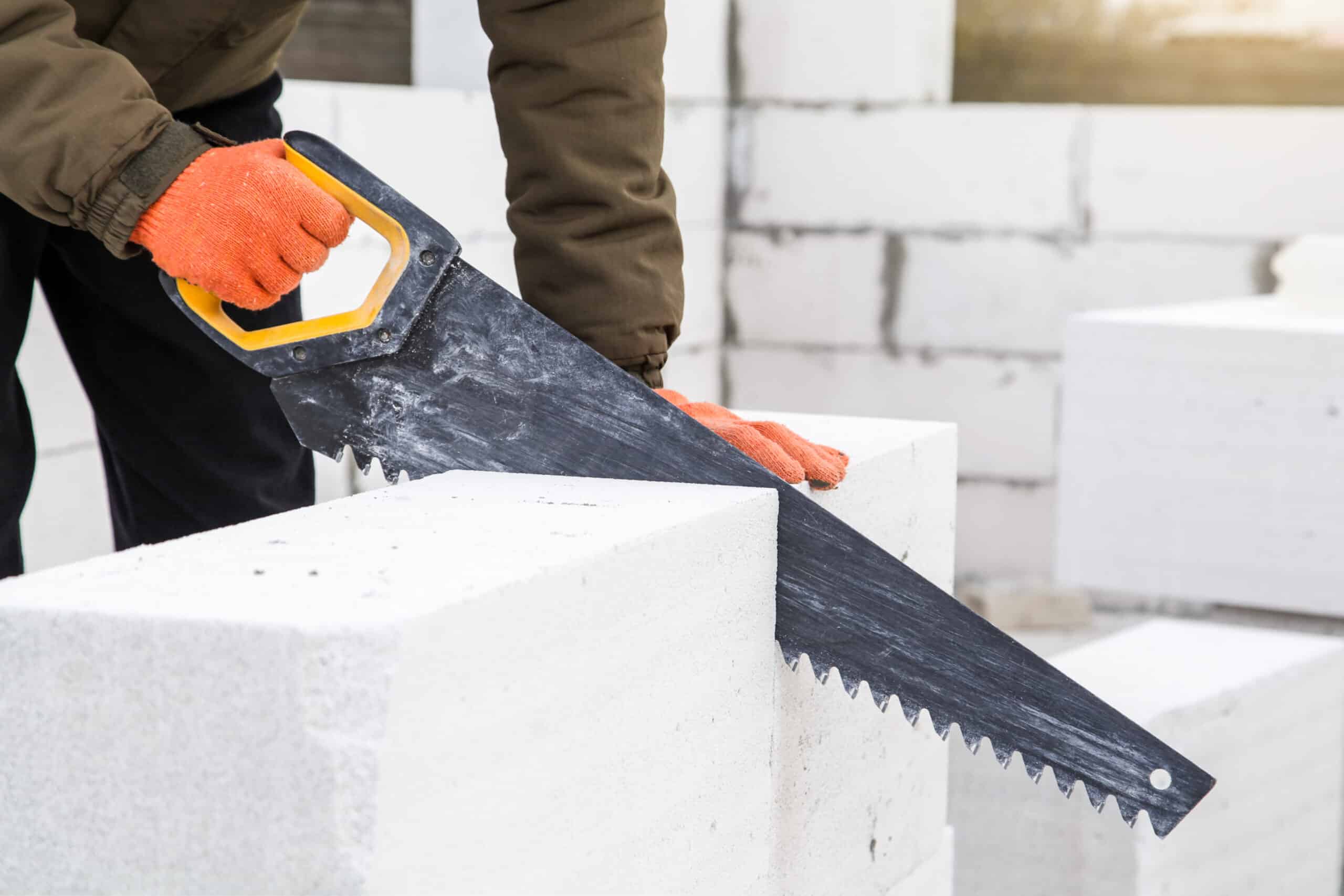Design Flexibility
One of the biggest advantages of AERCON AAC is its design flexibility compared to other building materials.
AERCON AAC has a unique combination of properties that make it suitable for various applications. It is a lightweight material that can be easily cut, drilled, and shaped on-site, making it easy to customize for specific project requirements. This gives architects and designers more flexibility compared to traditional building materials like masonry, concrete, or brick.
In addition, AERCON AAC can be easily molded into various shapes, sizes, and finishes. It is possible to produce AERCON AAC blocks in various dimensions and thicknesses that can be combined to create different patterns and textures on the exterior or interior of a building. Also, AERCON AAC can be easily coated or painted, allowing a wide range of aesthetic finishes, from smooth and modern, to textured and rustic.
AERCON AAC is unlike standard concrete in that provides for unlimited workability. It can be sawed, drilled, nailed and milled. Any required field adjustments can be made easily on site. It is also an excellent product for all types of climates from very hot to very cold.
Another factor contributing to the design flexibility of AERCON AAC is its thermal properties. AERCON AAC has a high thermal mass, which can absorb and store heat, helping regulate indoor temperatures and reduce energy consumption. This feature allows architects and designers to create energy-efficient buildings with a range of design options, including large windows and open spaces, without compromising energy efficiency.
Overall, AERCON AAC’s design flexibility is unmatched by other building materials due to its unique properties, allowing customization, molding, and coating. Architects and designers can leverage these advantages to create aesthetically pleasing and energy-efficient buildings.



